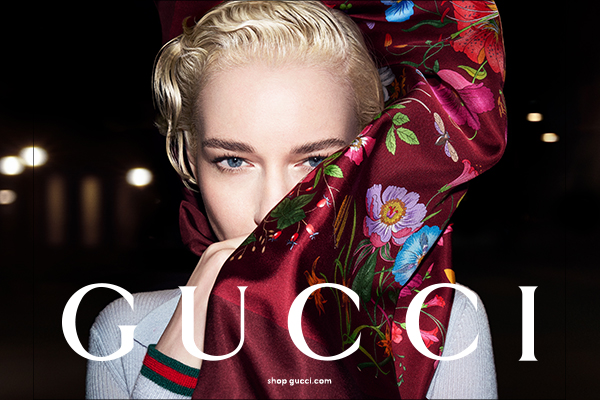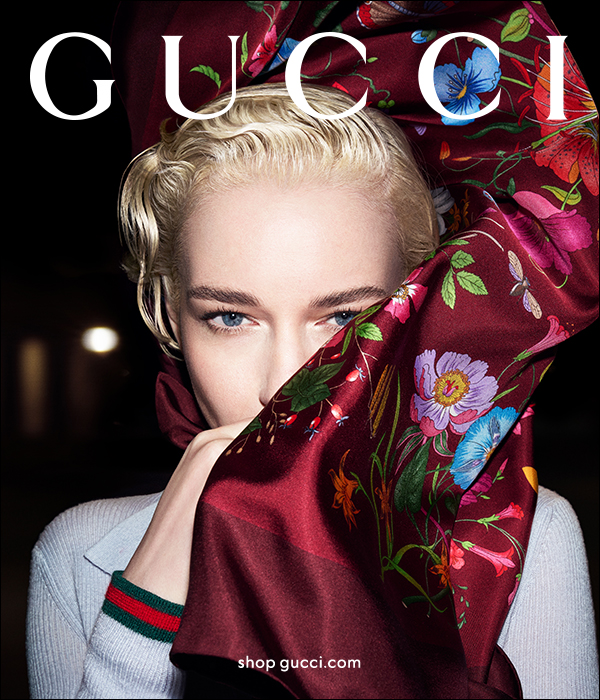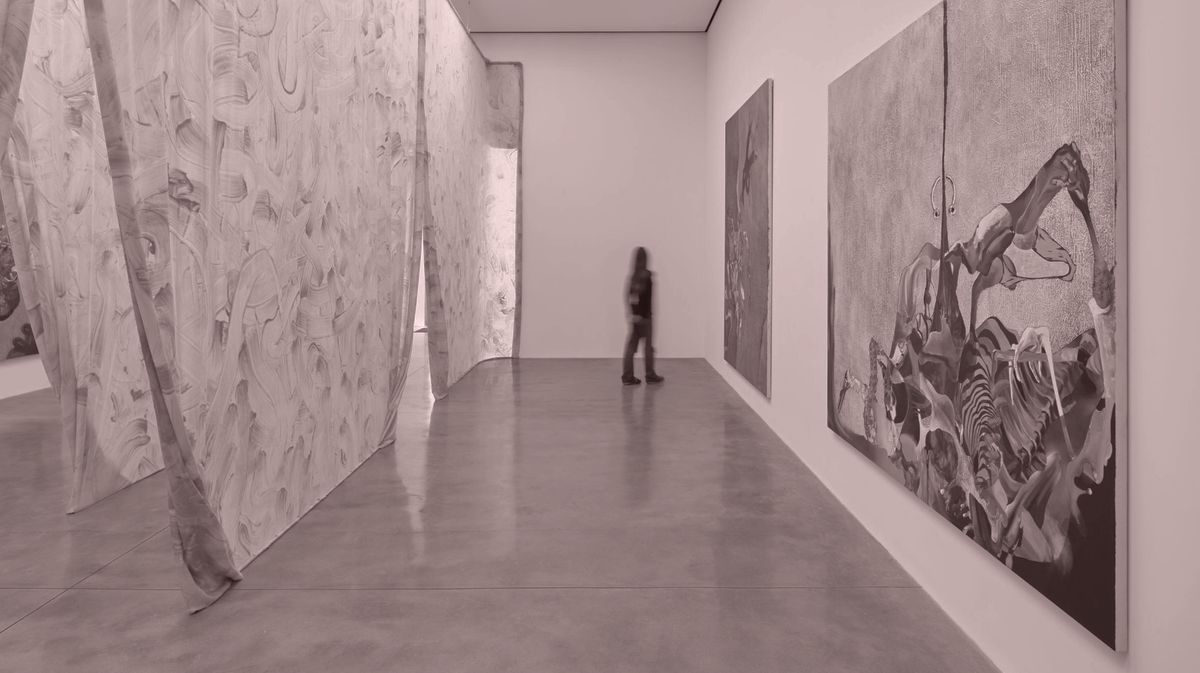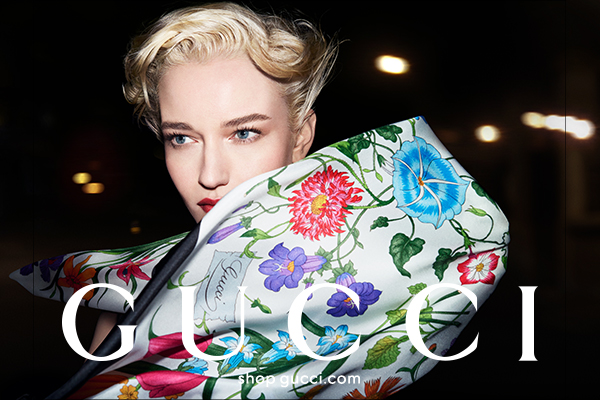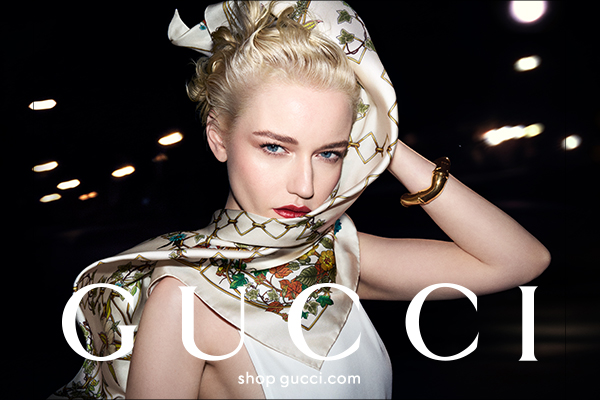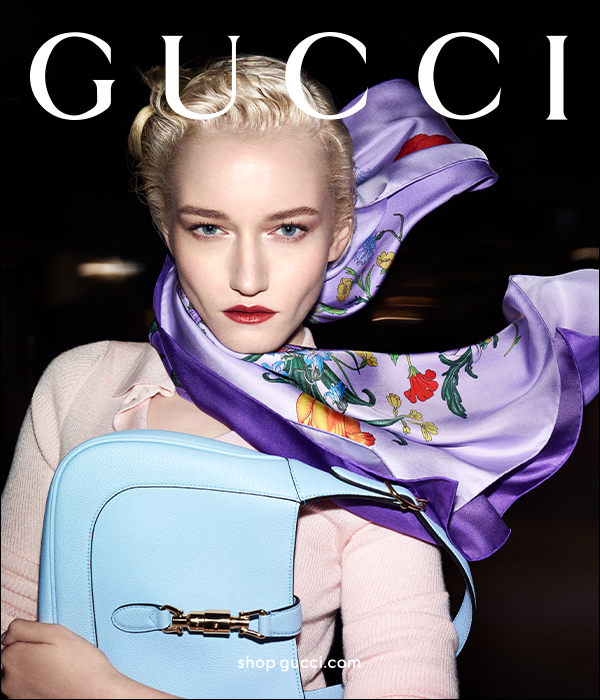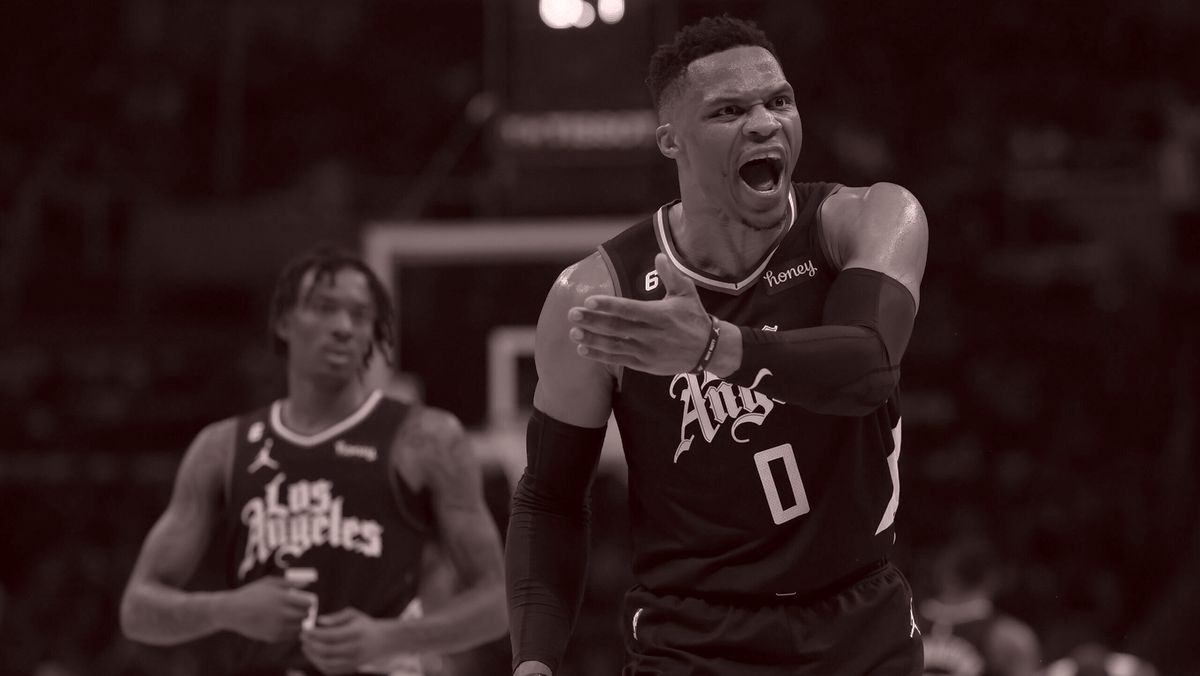Welcome back to Wall Power. I’m Marion Maneker, and this is my
private, four-times-a-week email about the inner workings of the art market. If you’re getting this forwarded to you from a friend, think about subscribing yourself—especially for all the excitement coming down the pike during the next two weeks as we move through several art fairs and the all-important May auctions.
Tonight, I’m going to take you on a tour of a few openings on the Upper East Side. I
recently swung by Acquavella, Almine Rech, Level & Co., Mnuchin, and White Cube. The May gallery season is getting into full swing and I will share the best of what I saw.
But first…
|
Frieze ends up back with Ari: Confirming the gossip swirling around Frieze, Ari Emanuel announced yesterday that he had acquired the global art fair from Endeavor, the entertainment company he co-founded and runs, through a new events company “backed by a consortium of leading global investors.” No name was given for the new company, but a Wall Street Journal
story two weeks ago named RedBird and Apollo as investors. The deal is reportedly valued at $200 million.
Frieze, which comprises four fairs and a media
company, had no shortage of bidders. But since Emanuel had made it known that he was in serious pursuit, most of the potential strategic buyers—hoping to get the fair at a fire sale price—decided to hang back and let him close his deal. (No conflict, no interest!) In the announcement of the new company, Emanuel extolled the fair’s “ambition … to expand the reach and understanding of contemporary art.” Then he described Frieze as “well positioned for further growth” and “a strategic cornerstone”
of his “new global events platform.” Though it’s hard to see where that growth will come from in an already saturated global art fair calendar, we’re pretty sure Ari’s got something in mind. There will be no immediate changes to Frieze’s management team. (Disclosure: WME, Ari’s agency, represents Puck.)
|
|
|
A MESSAGE FROM OUR SPONSOR
|
A new campaign starring Julia Garner celebrates the House’s storied silk scarves and their
enduring legacy within the House’s design codes.
DISCOVER MORE
|
|
|
- Rotter’s rise at Christie’s: Christie’s announced yesterday that Alex Rotter would assume the title of global president, in addition to his current role leading the 20/21 department around the world. According to the release, Rotter will “work collaboratively with regional presidents and global chairmen to develop innovative strategies for auction and private sales across individual objects and collections.”
That’s all well and good. But there’s one
thing I can’t help but notice about Rotter’s rise since joining the firm in 2017. Most people get more conservative in demeanor and dress as they take on more responsibility, but Rotter has gone in the opposite direction. Over the past five years since the start of the pandemic, when he grew a luxuriant Old Master–ish beard, he has taken on a more bohemian look. Auction houses are one of the last professions in which men wear suits and ties, but Rotter appears, even at an evening sale, in a
Nehru jacket–like tunic and a wrist full of beads.
When I asked Rotter about the change, he admitted that this is who he always was—an Austrian heavy-metal kid who rides a Harley when nobody is looking. He’d learned to dress the part of an auction house specialist, hoping for a time to express his true self. “The more I lived that,” Ritter told me this morning, “the better my communication with clients got.” But he also pointed to the fact that clients now no longer wear suits and ties.
Have you seen the ubiquitous quarter-zip sweaters some of the world’s richest men wear? Rotter concedes his personal style might not have seen the light of day were it not for the pandemic home confinement, or had he not consistently delivered for the Pinault family—hardly a “bring your whole self to work” employer.
Now that he has a global team, he knows there are others who can care for the clients who might not cotton to his personal branding. That said, could he
become even more comfortable in his new role, and will we look up at this month’s evening sales and see him in flowing robes?
- Pharrell focuses on fine art: It was only a matter of time after John Auerbach, a veteran of both Christie’s and Sotheby’s, became C.E.O. of Pharrell’s auction house, Joopiter, that the company started making a push beyond luxury items and into contemporary art. Already underway but closing on May 6 is
The Contemporary Take, a 48-lot, Martha Stewart–approved sale (she’s the guest curator) with works from artists like Damien Hirst, Kehinde Wiley, Alex Katz, Michaela Yearwood-Dan, Ed Ruscha, Tschabalala Self, and Louise Bourgeois. Estimates range
from $4,000 to $900,000, and you get to say you bought one of Martha’s picks.
- The state of the auction *before* the auction: It’s not a secret that today’s auction marketplace is heavily managed through the extensive use of third-party guarantees, which Sotheby’s calls irrevocable bids. One way to get a sense of the prospects for the auction season is to tap into the network of guarantors who provide these irrevocable bids. Recently,
I’ve been hearing some of the players in that market say that the auction houses are not offering very attractive terms so far.
When I checked with the folks who do these deals at the auction houses, I heard that they feel like they have to stick to their guns in an environment where both estimates and volumes are low. That might change as we get closer to the sales. Once the previews start this weekend, the negotiations over guarantees turn into games of chicken. The important thing to
remember is that guarantors—who are willing to buy a work at one price or get paid a fee if the work goes above that price—are not necessarily bidders. Once the auction starts, they may not even be there.
|
|
|
What’s going down uptown? Plenty, including Basquiat, Picasso, Franz
Kline, Ilana Savdie, Miquel Barceló, and more.
|
|
|
It’s a time-honored tradition that gallery openings take place on Thursday nights:
The various art tribes circulate from one gallery to the next like it’s some combination of Halloween, New Year’s Eve, and Mardi Gras. But at a time when the art fairs and auction houses are about to take center stage, the gallery openings can pile on top of each other. It’s a great way to bump into casual acquaintances, see old friends, and make some new ones. But it’s also a terrible way to view art—literally. The openings get so crowded that you physically cannot see the works on display.
|
|
|
A MESSAGE FROM OUR SPONSOR
|
A new campaign starring Julia Garner celebrates the House’s storied silk scarves and their
enduring legacy within the House’s design codes.
DISCOVER MORE
|
|
|
I had to go pay my respects to the indefatigable Sarah Harrelson,
who was throwing a party at the Guggenheim for her Cultured magazine’s Cult 100, featuring Puck’s own Lauren Sherman. That meant I could also hit a few galleries in the neighborhood on my way to the party.
|
First stop was White Cube, where Ilana Savdie had draped the downstairs
gallery in latex curtains decorated with latex paint swirls. The scrims are pinned back to create openings that allow viewers to see her work in more intimate chambers. Savdie has been the subject of a great deal of collector and critical interest since before her show at the Whitney in 2023. Raised in Colombia and educated at RISD and Yale, she’s got a C.V. packed with exhibitions at museums in far-flung places like Australia, Belgium, Germany, and Marfa, Texas.
Savdie herself has a lot
to say about her work. But don’t let her overblown ideas put you off; her painting, always challenging and technically interesting, is getting better and better. The 10 works at White Cube, almost all dated this year, combine large washes of beeswax encaustic in Savdie’s signature color palette of deep purplish blues and bright reds and yellows, framing jumbles of colorful, complicated sections that oscillate between pure abstraction and references to insects, internal organs, and other body
parts. Or, as the gallery puts it: “Shape-shifting configurations unfurl orifices, entrails, and other bodily fragments.”
|
You might want to go straight from White Cube across the street to Mnuchin Gallery,
where they’ve gathered an impressive selection of works by echt abstract expressionist Franz Kline, borrowing important examples from the Museum of Modern Art, the Guggenheim Museum, and Glenstone. I say that because the gallery explicitly says the show is meant to offer a reappraisal of the artist, “situating his innovations within their midcentury context while engaging with the evolving discourse of contemporary abstraction.”
As a pocket retrospective of
Kline’s apex period from 1950 to 1960—he died young, at 51 years old—the show will make you go “Oof!” if you’re into this gut-punch style of painting. These gestural works look as if they were painted in one burst of emotion, but the show cleverly gathers studies for works like Harleman, from 1960, and Chief, from 1950, and hangs them within eyesight of the larger paintings. The finished works have a remarkable fidelity to the studies, and you can see that what appears to be an
offhand, unconscious gesture is actually calculated and painstakingly executed.
|
Across the street, at Almine Rech, there’s another great Picasso
exhibition from the holdings of the artist’s descendants, including still lifes drawn from the collection of the artist’s grandson, Bernard Ruiz–Picasso, who also just happens to be married to Almine Rech, herself. (A few blocks away, at Gagosian, you can see some of Picasso’s daughter Paloma’s collection.) I had a chance to walk through the show with Ross Finocchio and Delphine
Huisinga, curators of the 40-plus works created between 1908 and 1962. The show opens with a 1908 still life painting by Picasso on loan from MoMA.
|
|
|
The assemblage of objects was obviously central to Picasso’s cubism, but the show
goes much further, displaying a wide array of examples, from drawings, to small studies offset on a sheet of paper, to paintings complete with painted frames, to works in bronze and painted ceramics. In the center of the gallery stands a screen Picasso painted between 1916 and 1922 for his apartment with Olga Khokhlova, a fascinating object that combines decoration with a still life of a hearth. The show is an intimate look at the many different kinds of works Picasso made.
|
While I was uptown, I also stopped by Acquavella Galleries to see their show of
Miquel Barceló’s new paintings. The artist, who splits his time between Mallorca and Mali, makes heavily impastoed paintings that often depict the natural world: These ones have all manner of sea creatures. But he’s possibly best known for his works inspired by bullfighting, and the circular arena where a battle between life and death plays out on a regular basis.
I also found my way to Level & Co., the art gallery offshoot of Masterworks where they have gathered several
noteworthy Jean-Michel Basquiat paintings. Some of these are old friends we’ve seen at auction now reunited, like the paintings Black and Jazz, from 1986, and the still-beautiful Untitled (Pollo Frito), from 1982. Others haven’t been around for a while. It’s rare that you get a chance to spend time with Basquiats like this in an intimate space. Level & Co. say this isn’t a selling exhibition, and Pollo Frito is fractionalized on Masterworks’s
platform. But, like all non-selling shows, it’s meant to start a conversation that might lead to the sale of a different Basquiat.
|
At Christie’s press preview this morning, the house revealed a late addition to the
sales: Marlene Dumas’ Miss January, from 1997, a nearly 10-foot-tall female nude from the Rubell family collection. The work is backed by a third party and estimated at $12 million. If the work sells at the estimate, the final price with fees will be a record for a living female artist.
Talk again on Sunday.
M
|
|
|
The ultimate fashion industry bible, offering incisive reportage on all aspects of the business and its biggest
players. Anchored by preeminent fashion journalist Lauren Sherman, Line Sheet also features veteran reporter Rachel Strugatz, who delivers unparalleled intel on what’s happening in the beauty industry, and Sarah Shapiro, a longtime retail strategist who writes about e-commerce, brick-and-mortar, D.T.C., and more.
|
|
|
Need help? Review our FAQ page or contact us for assistance. For brand partnerships, email ads@puck.news.
You received this email because you signed up to receive emails from Puck, or as part of your Puck account associated with . To stop receiving this newsletter and/or manage all your email preferences, click here.
|
Puck is published by Heat Media LLC. 107 Greenwich St, New York, NY
10006
|
|
|
|


